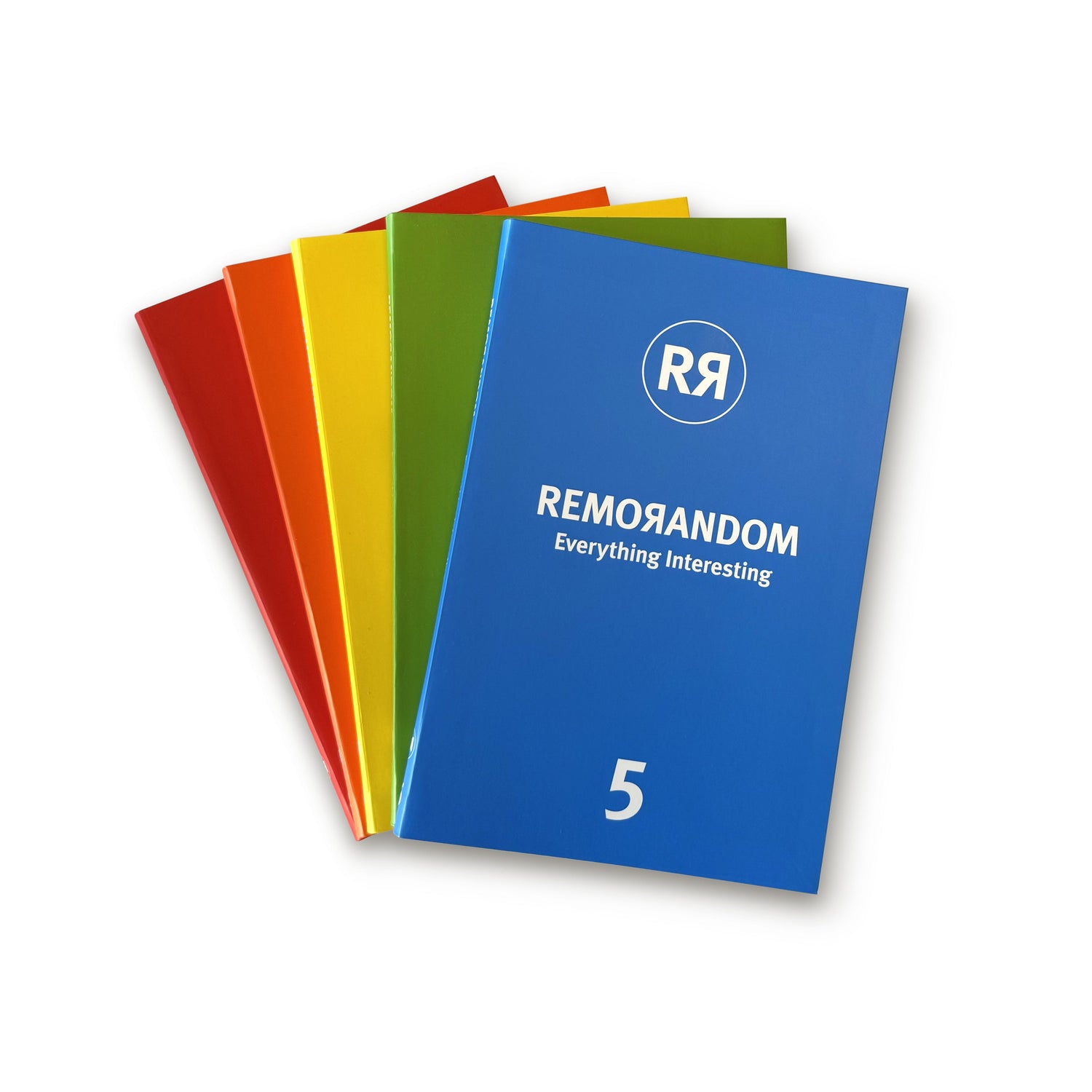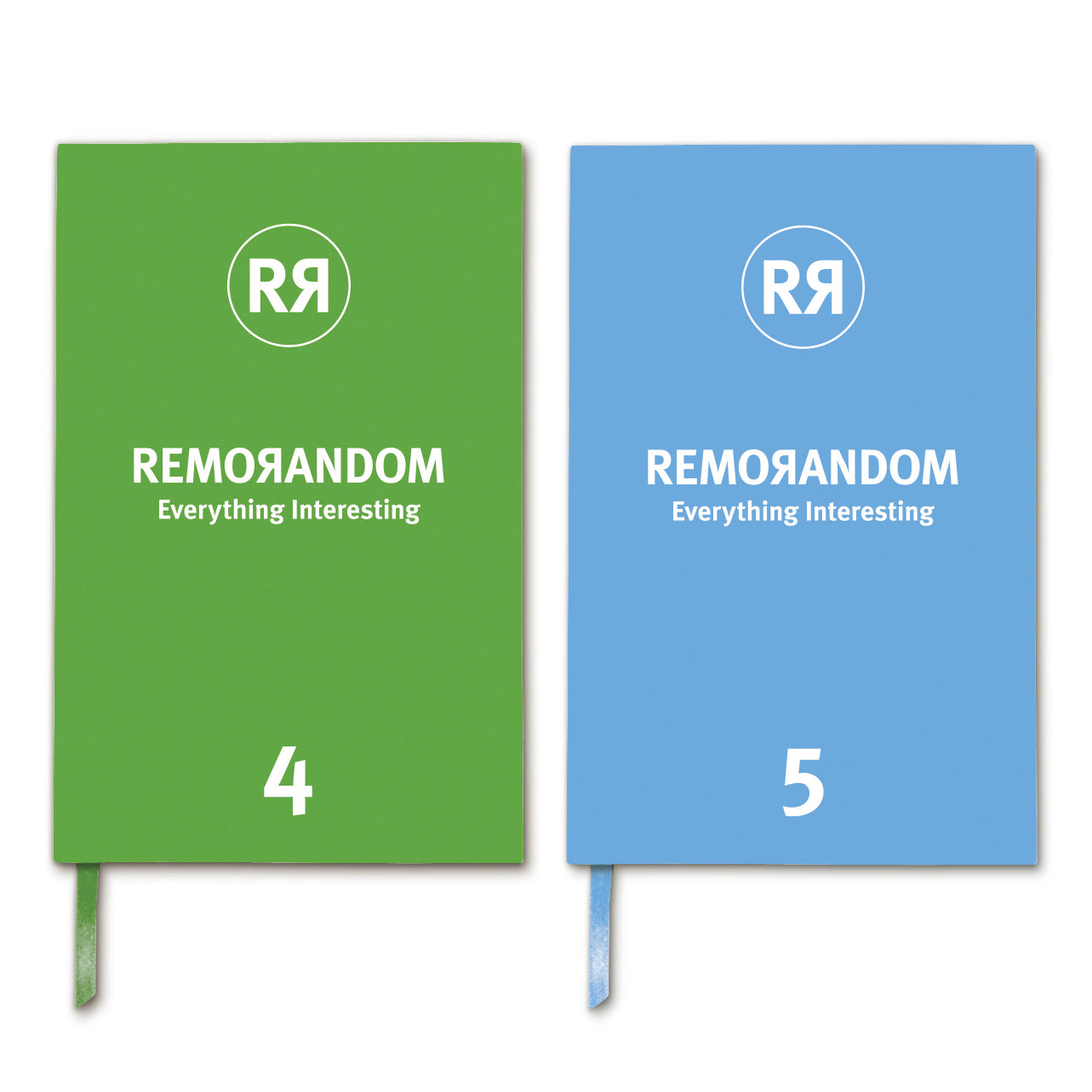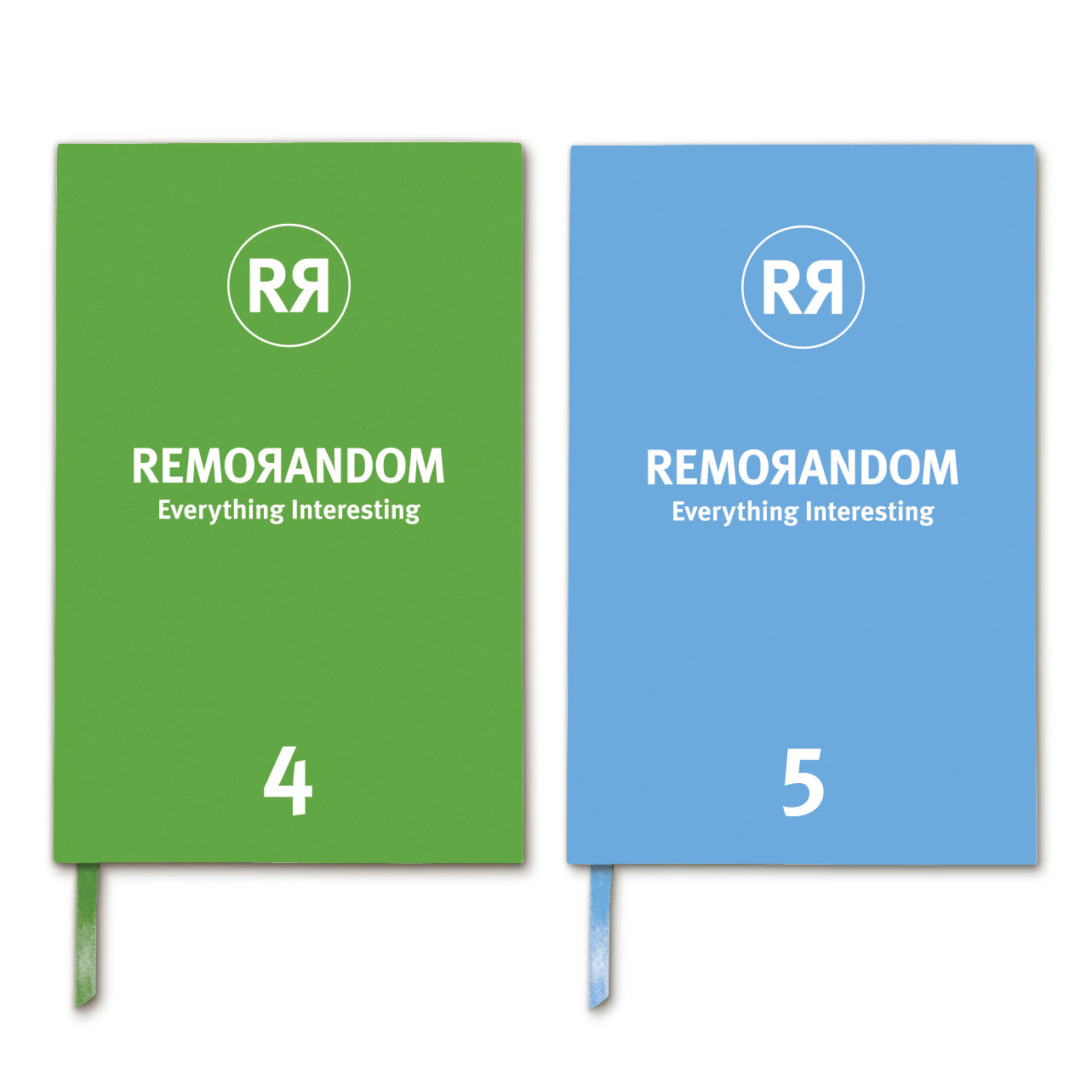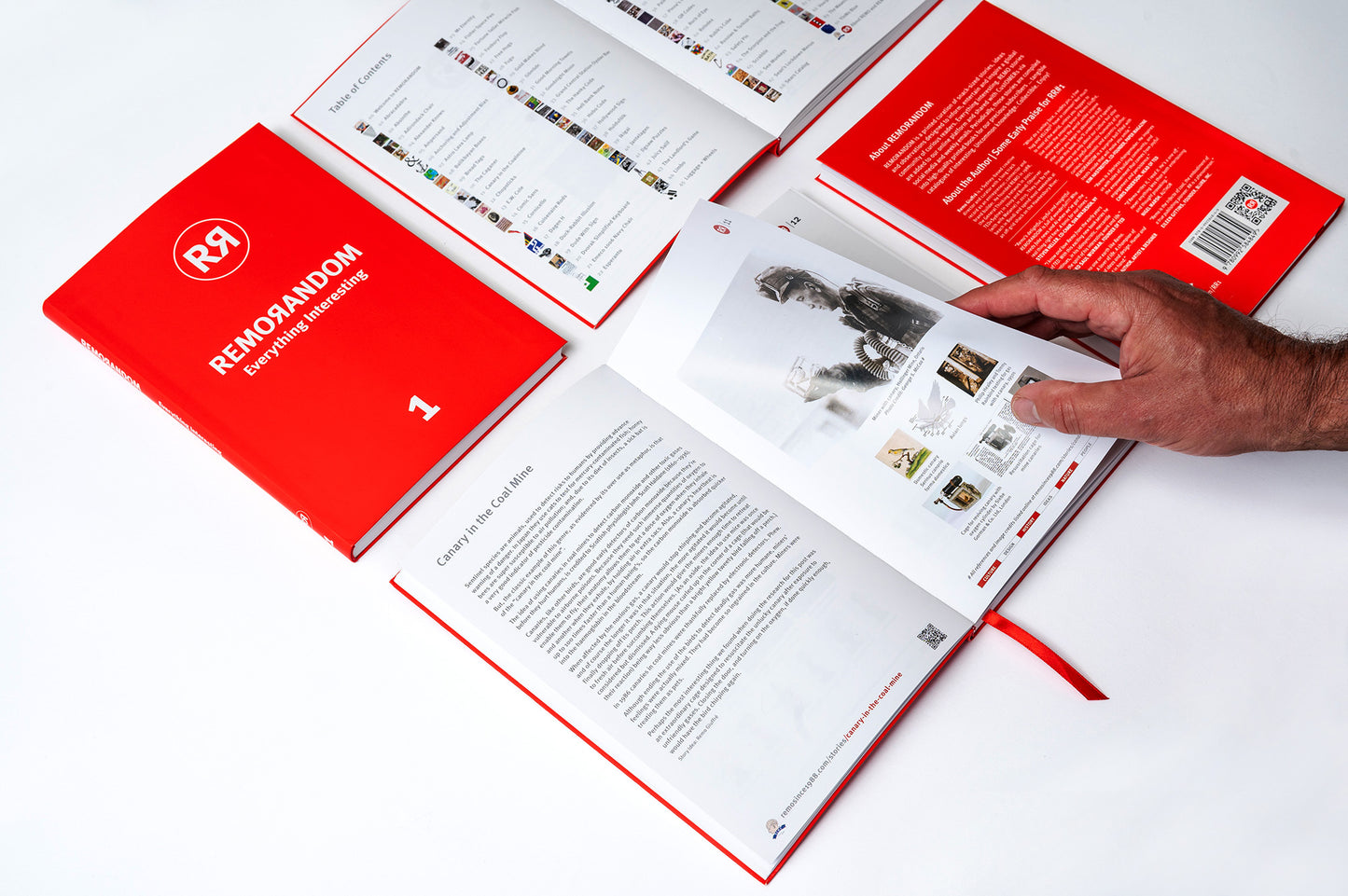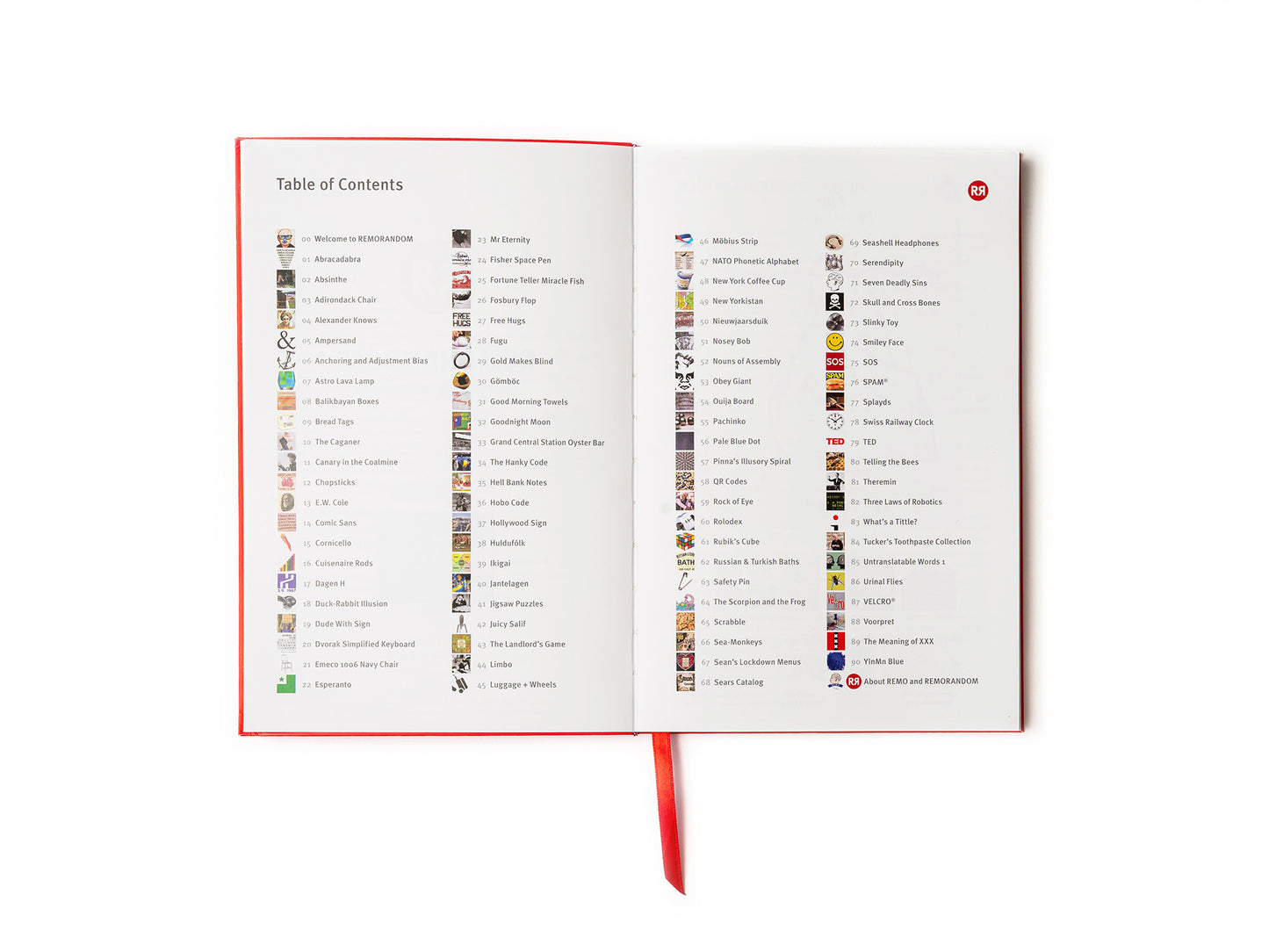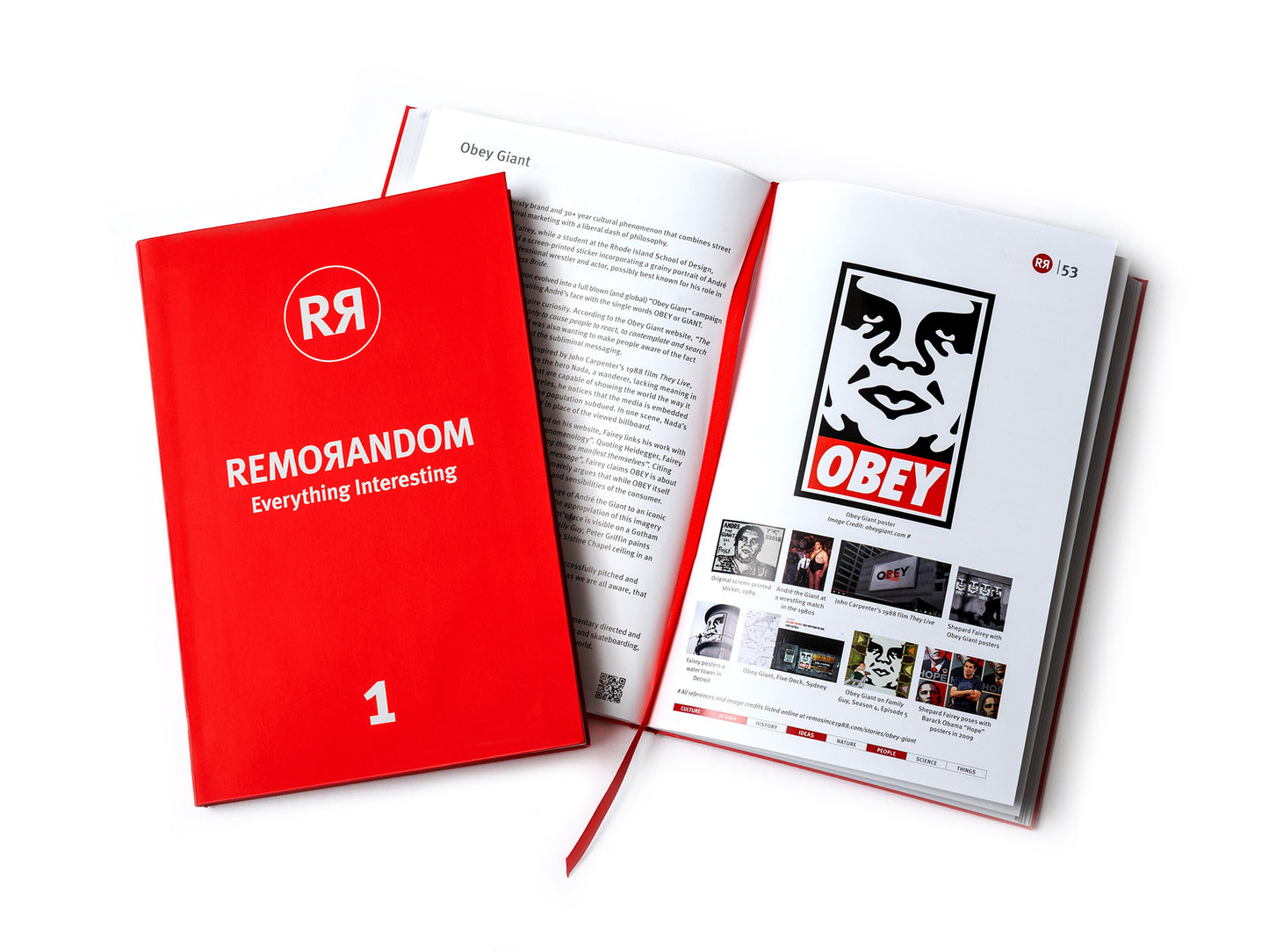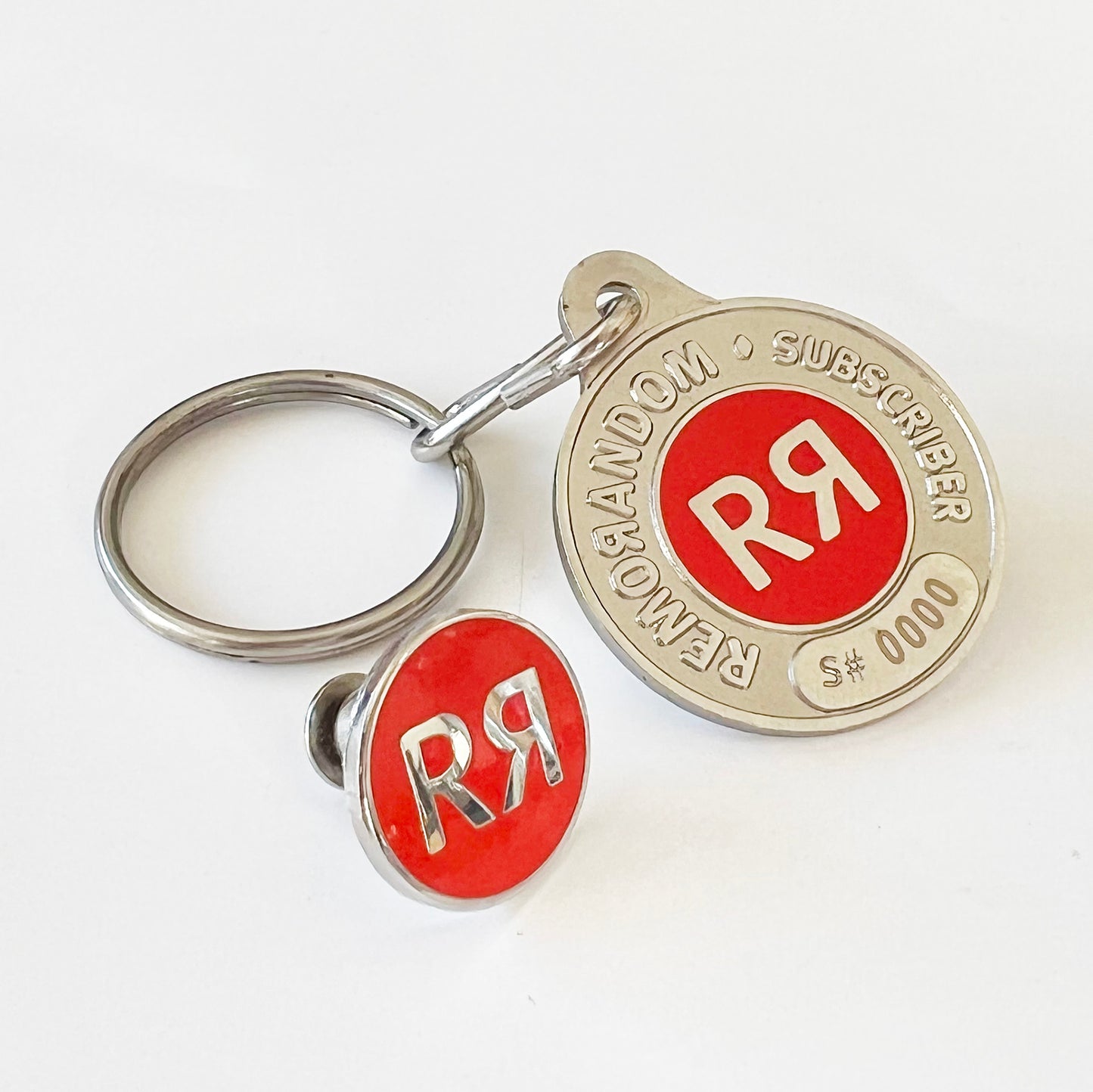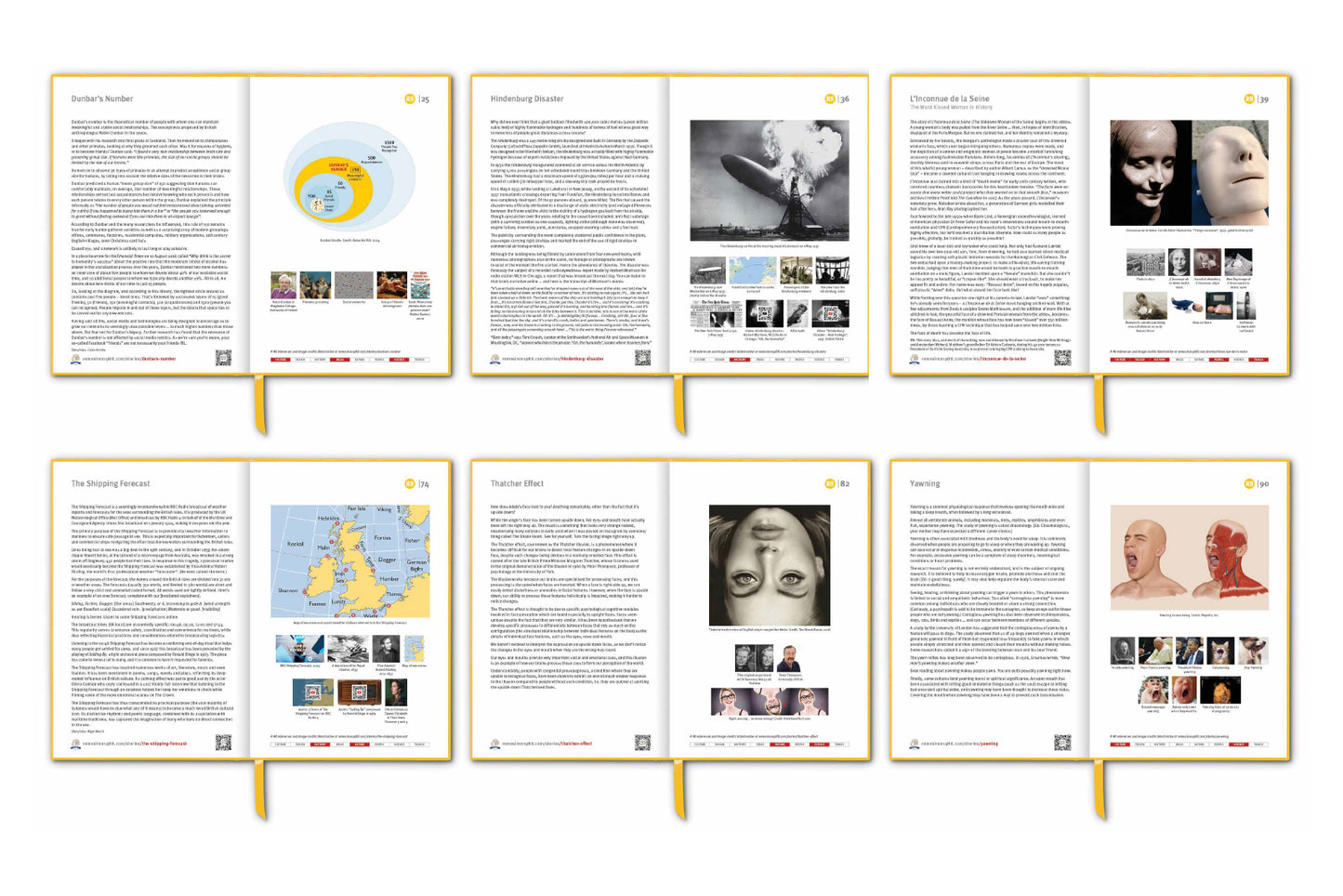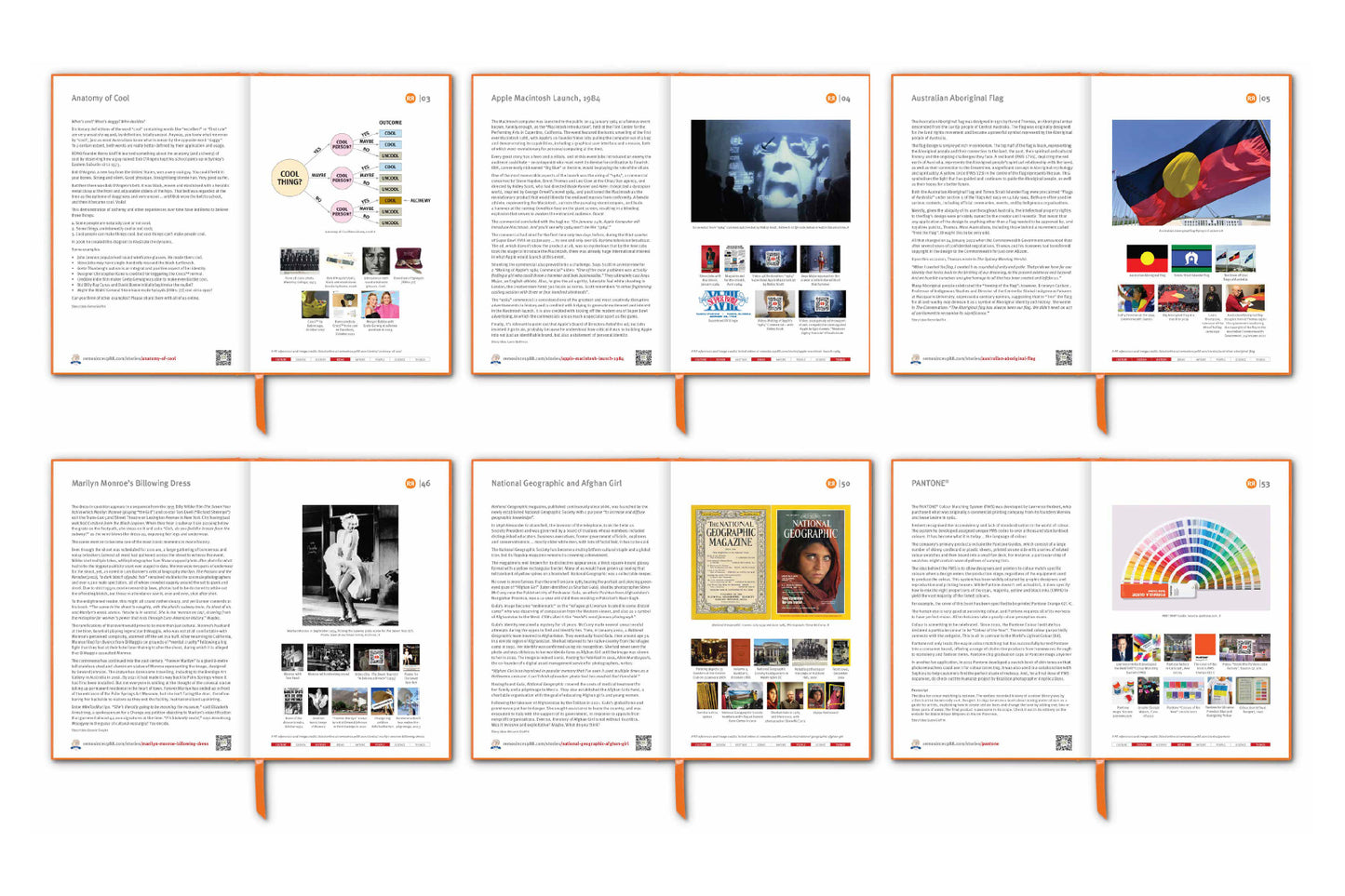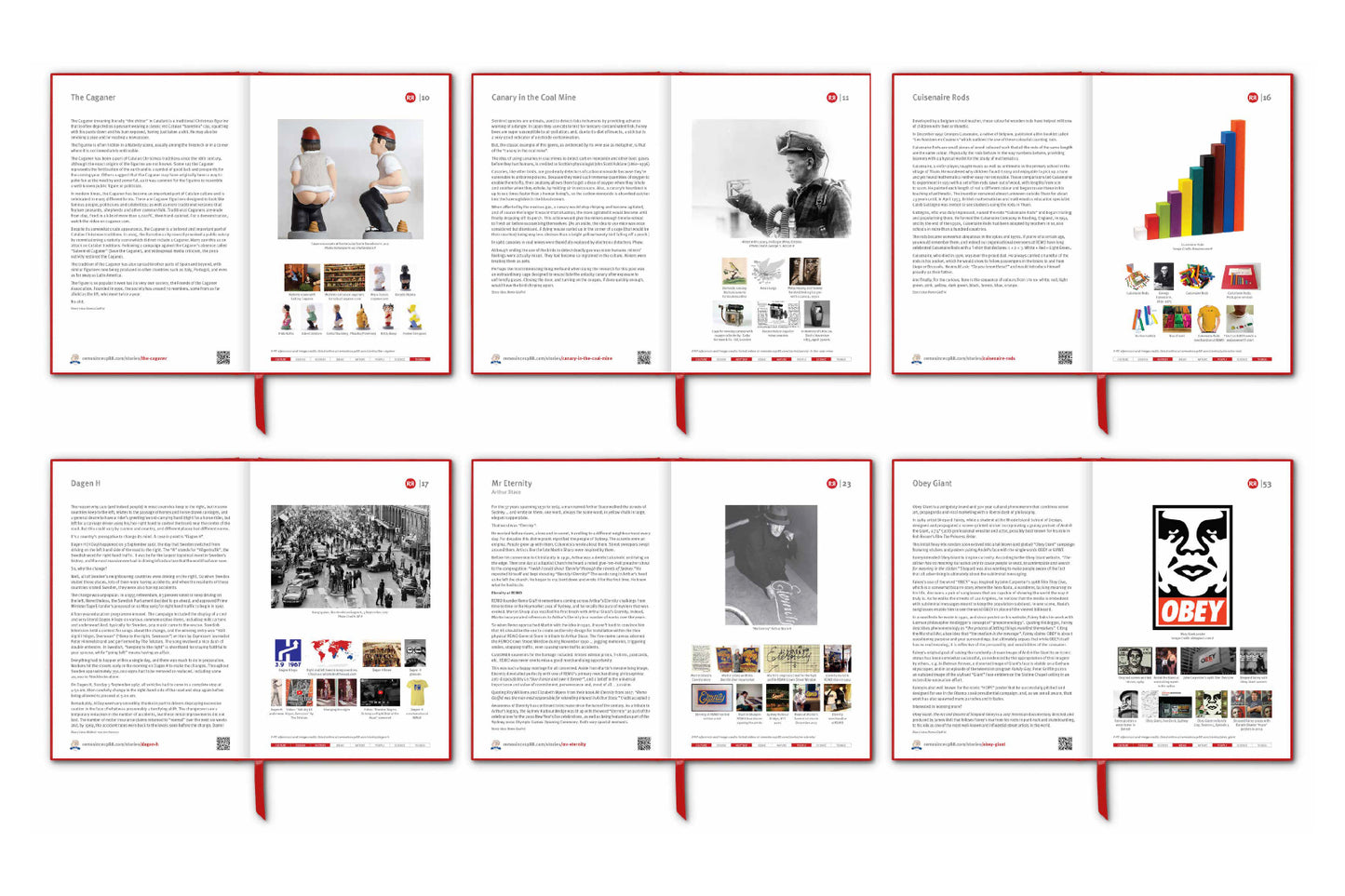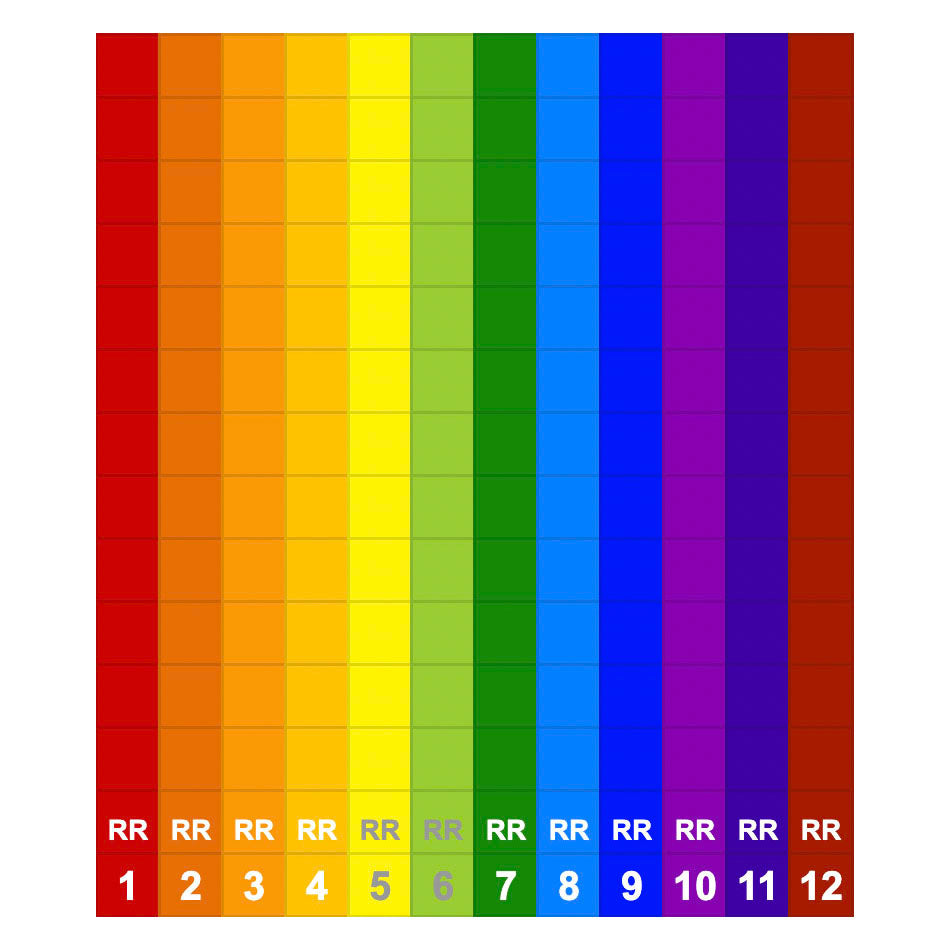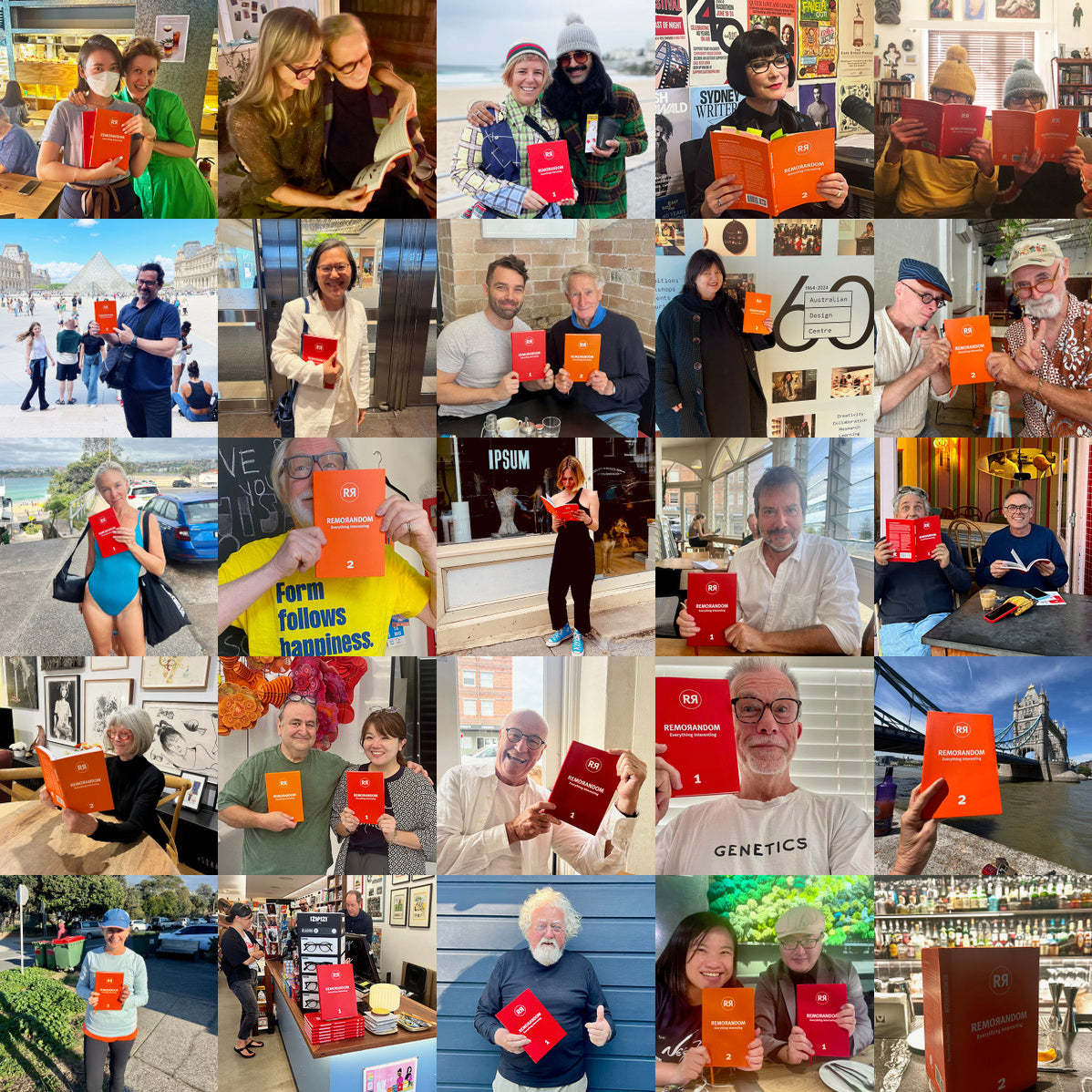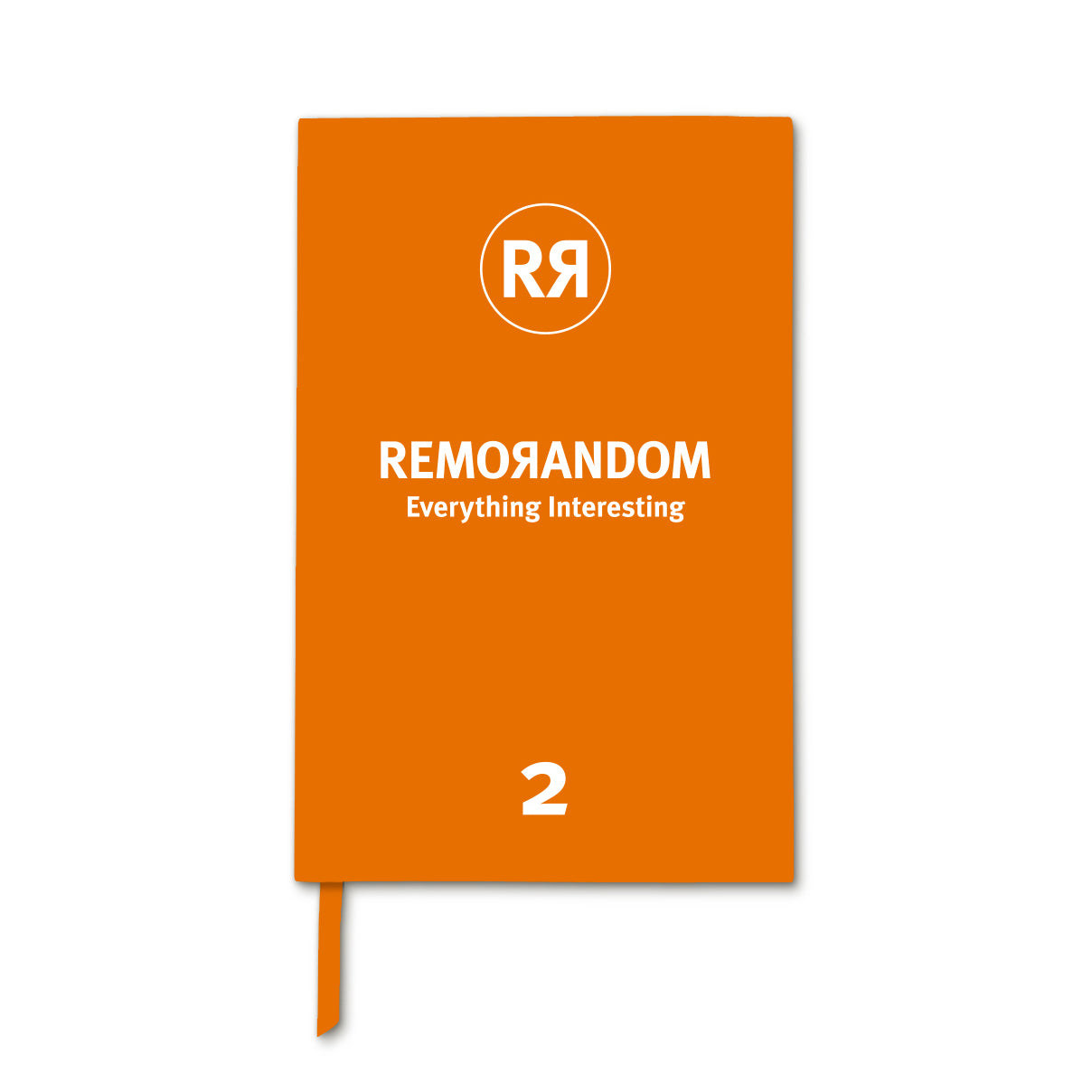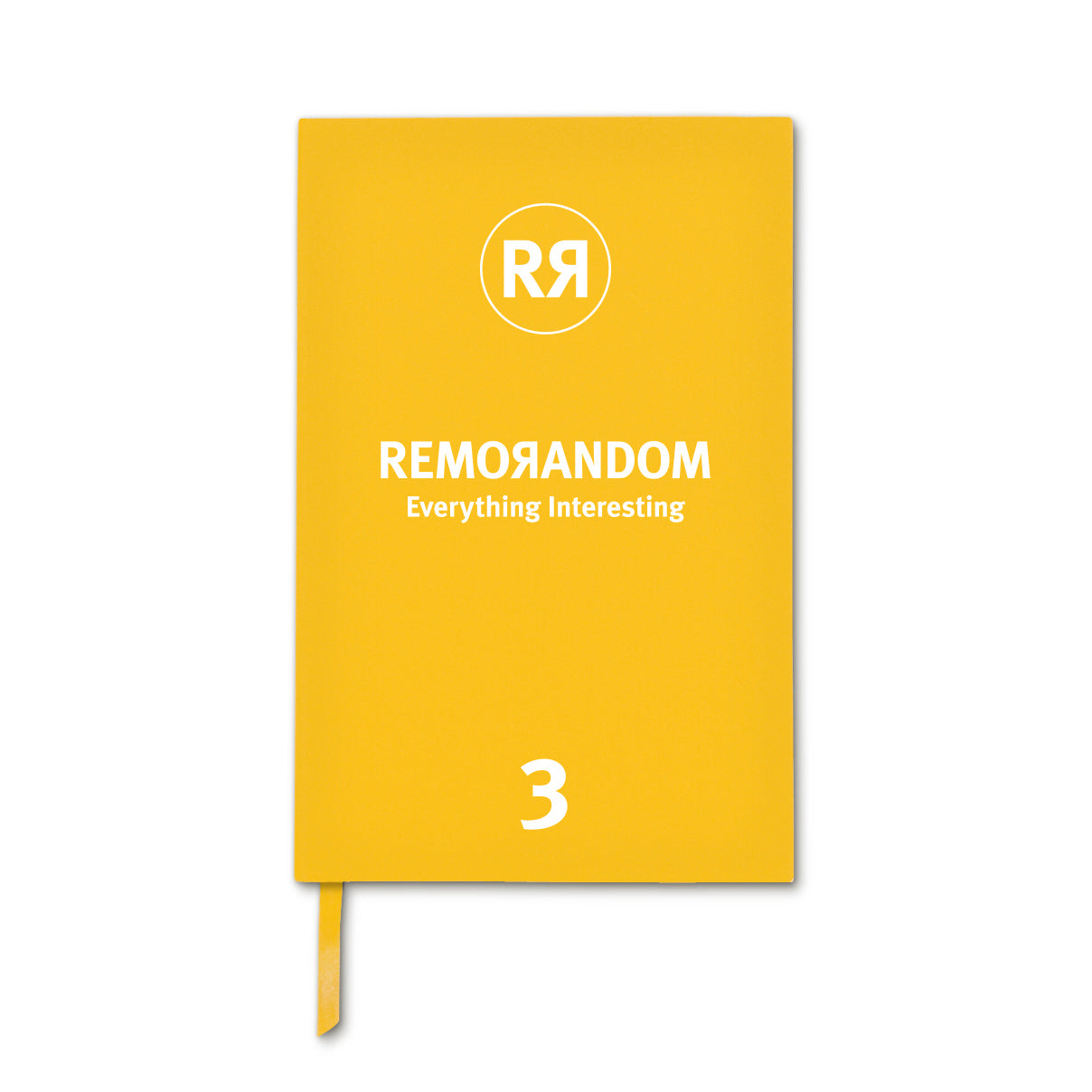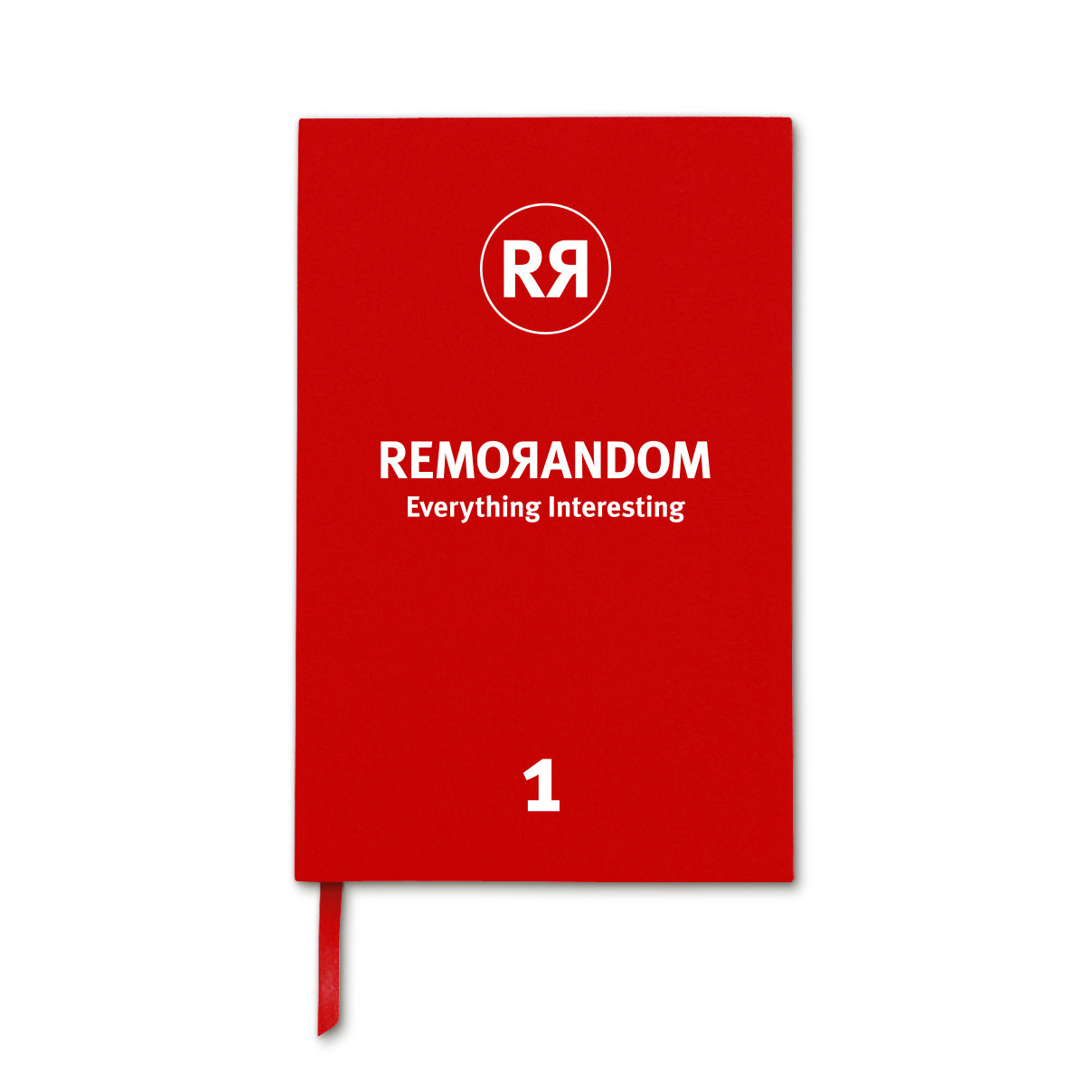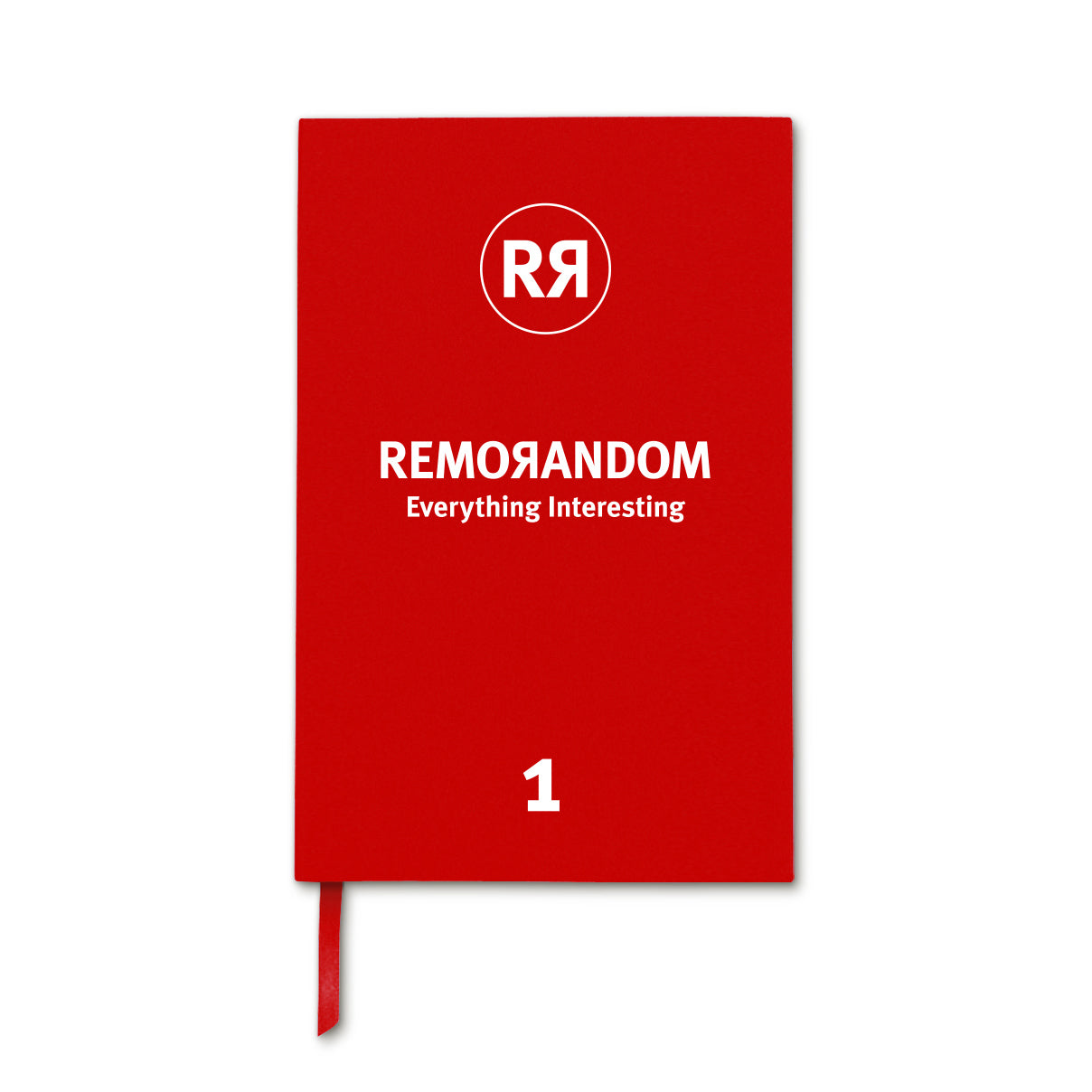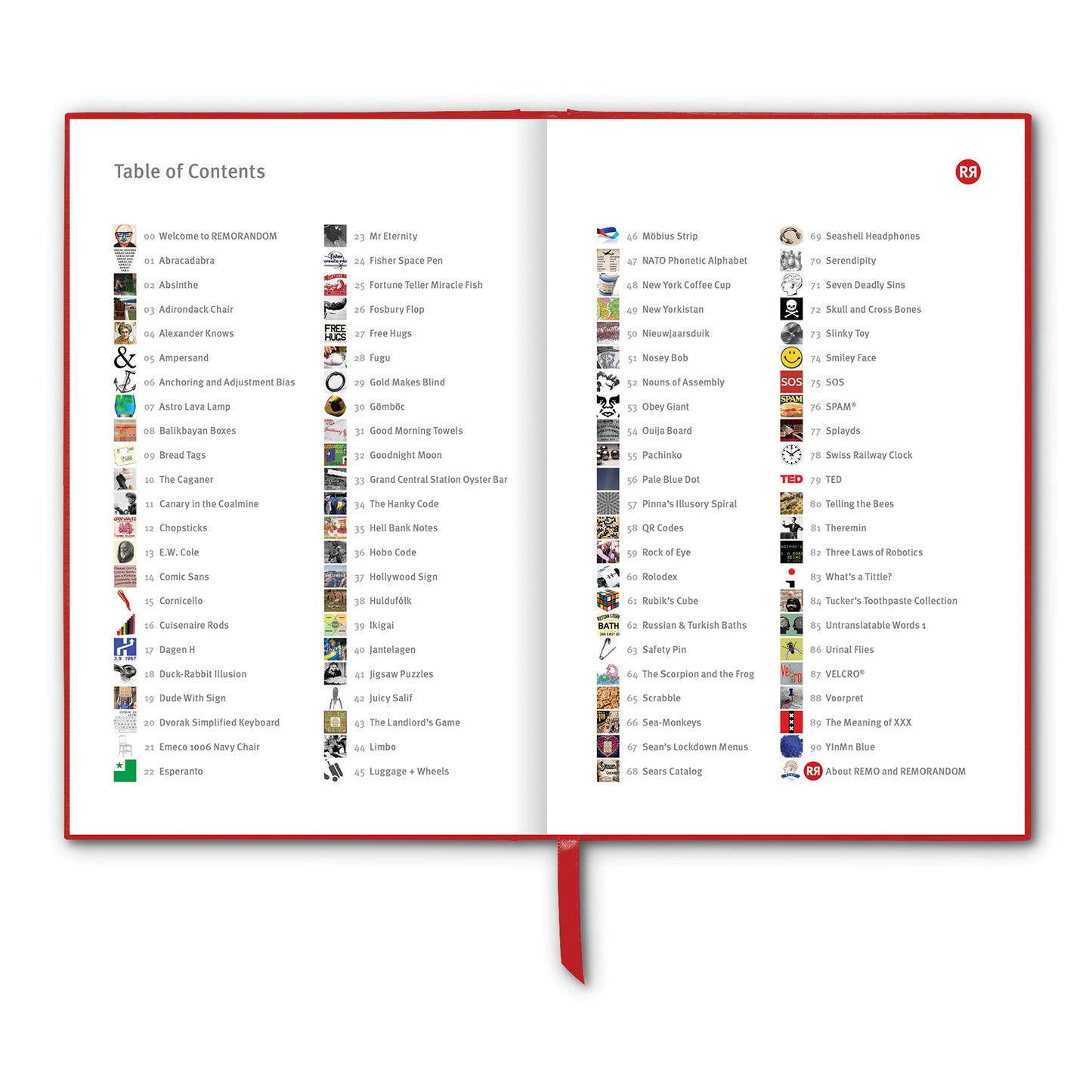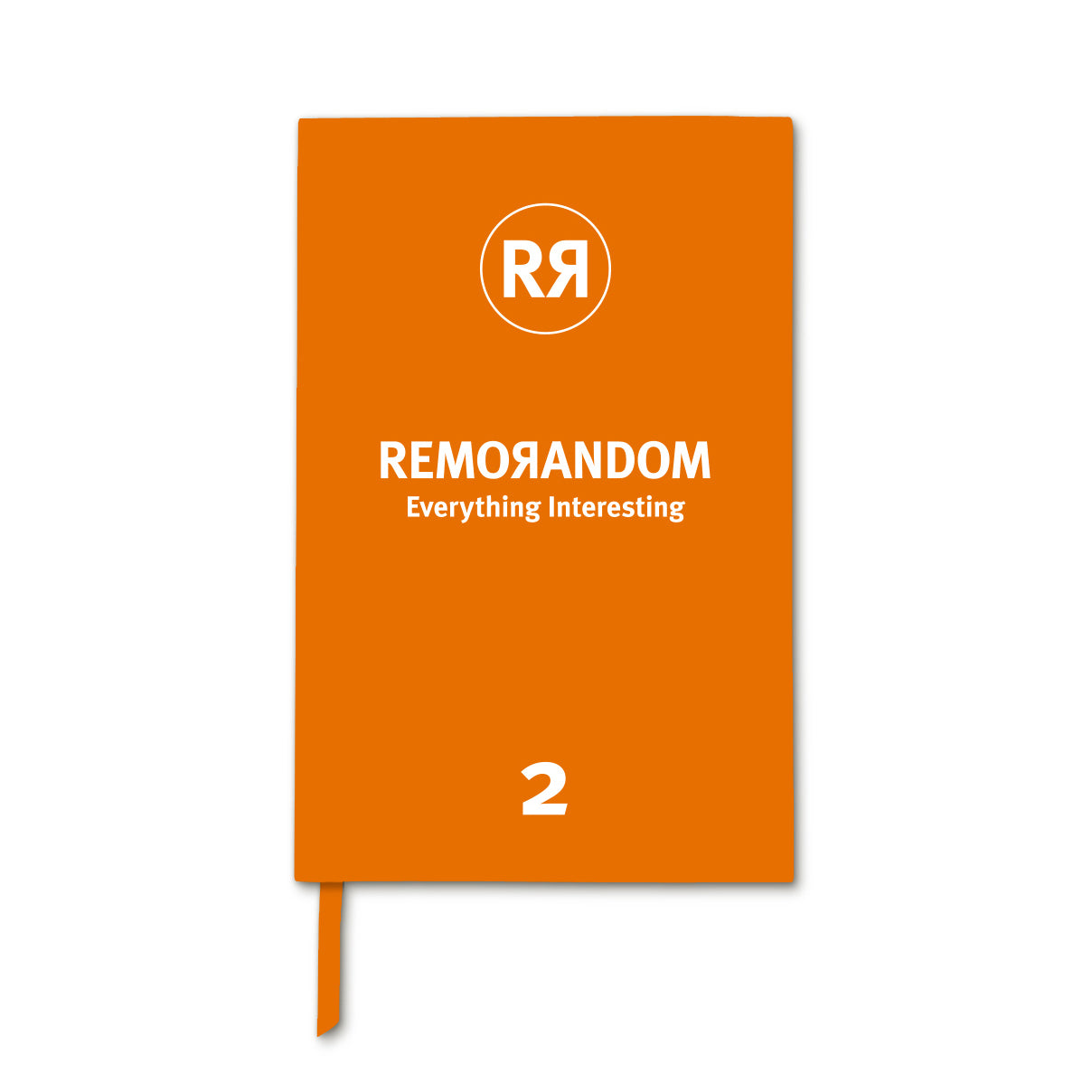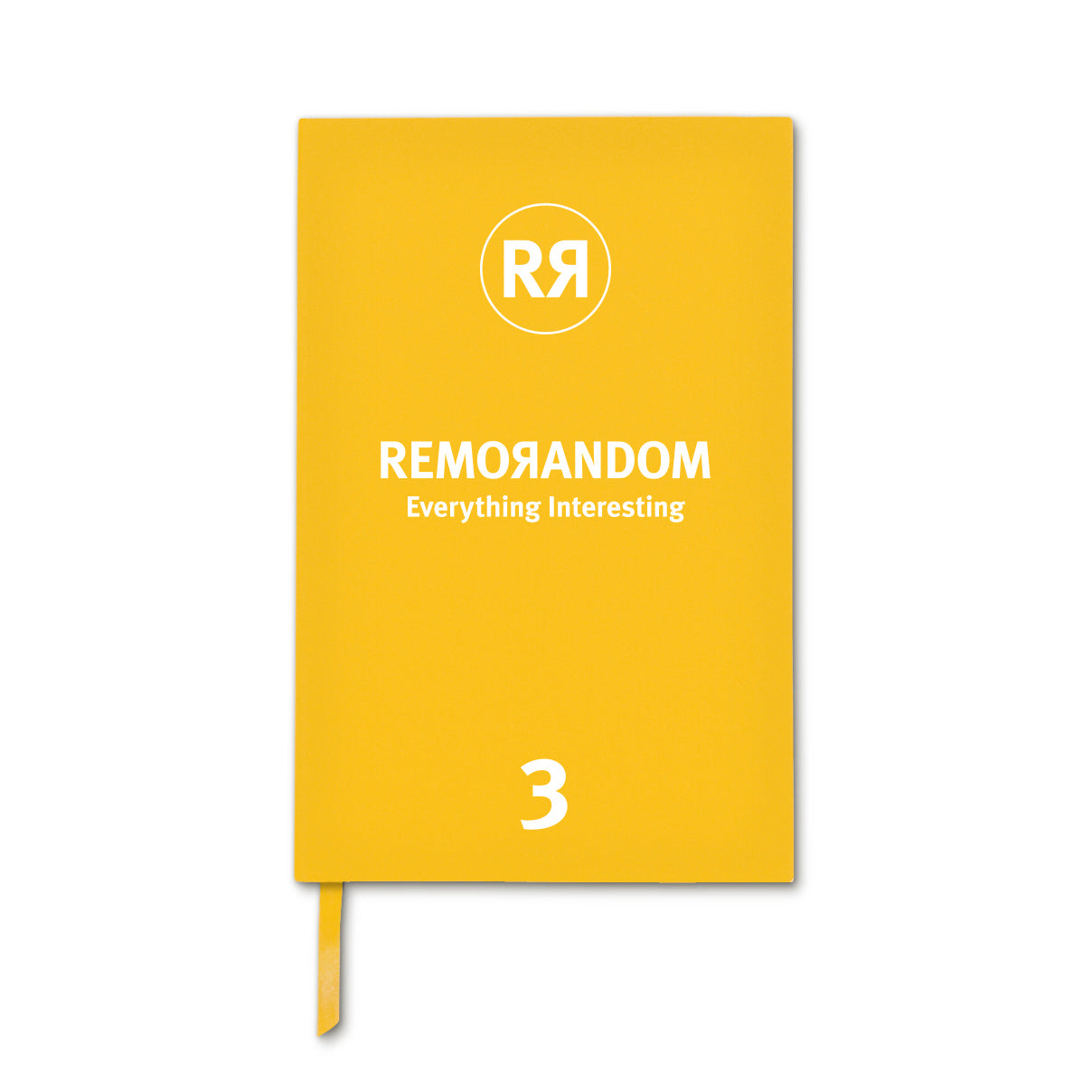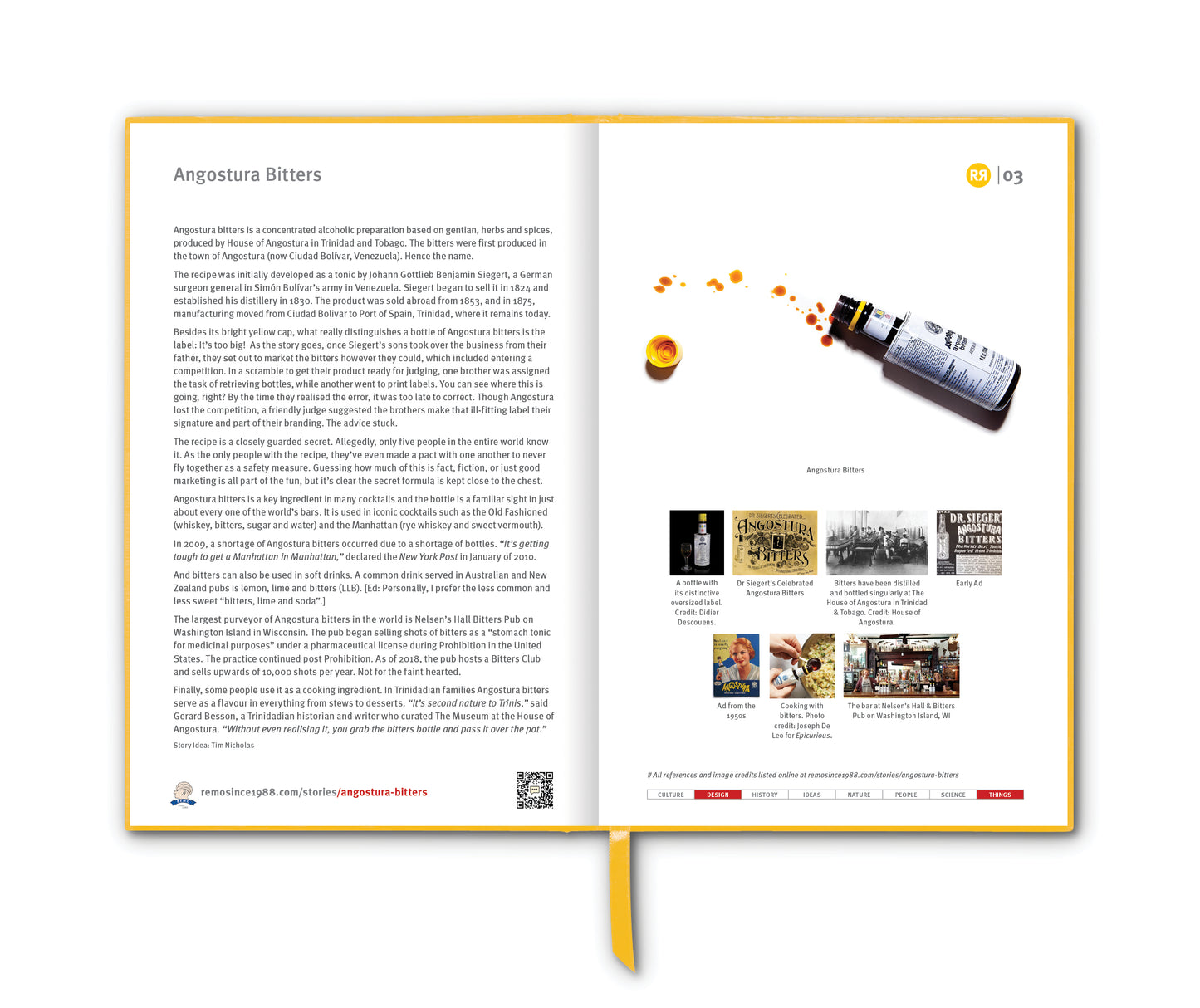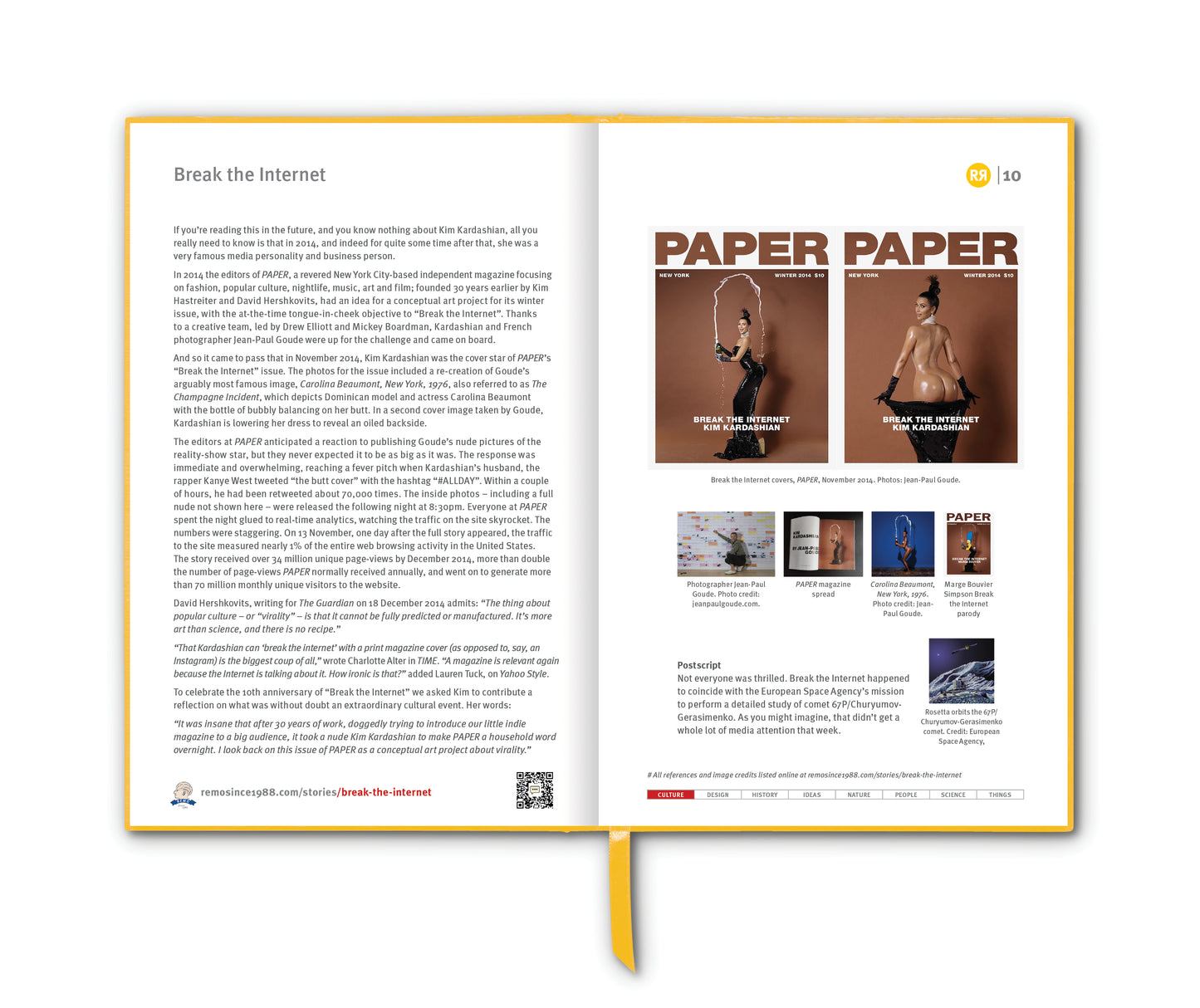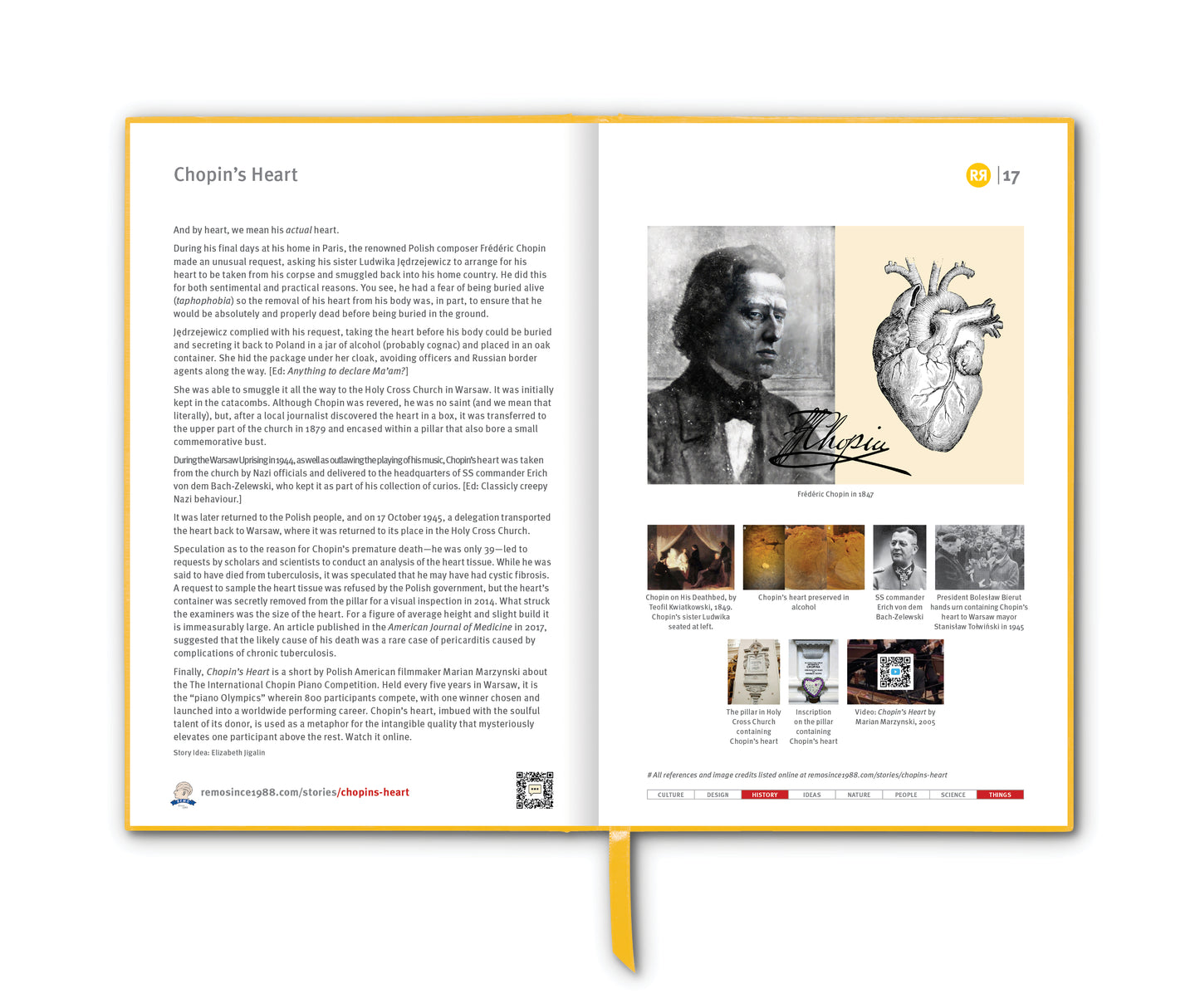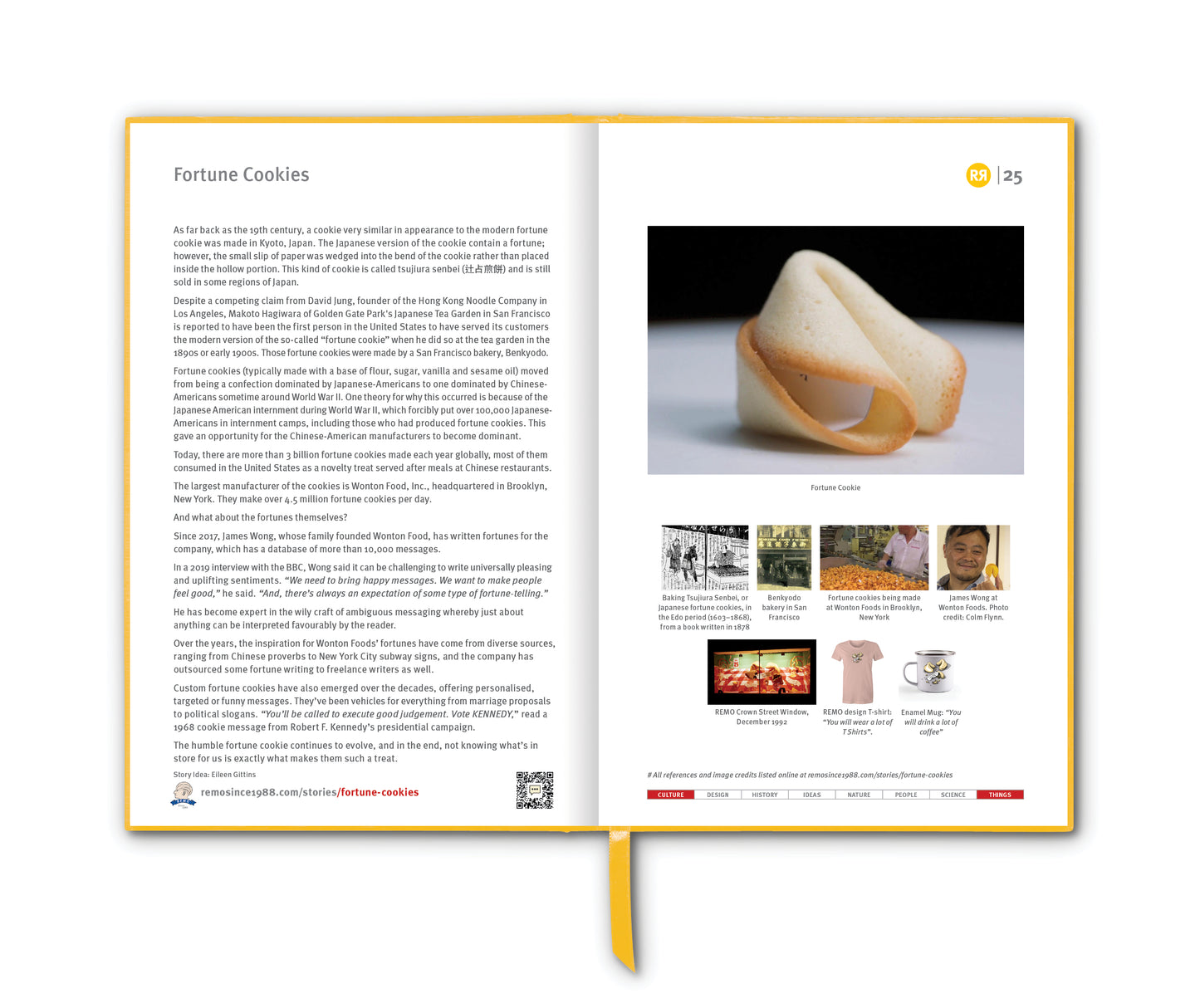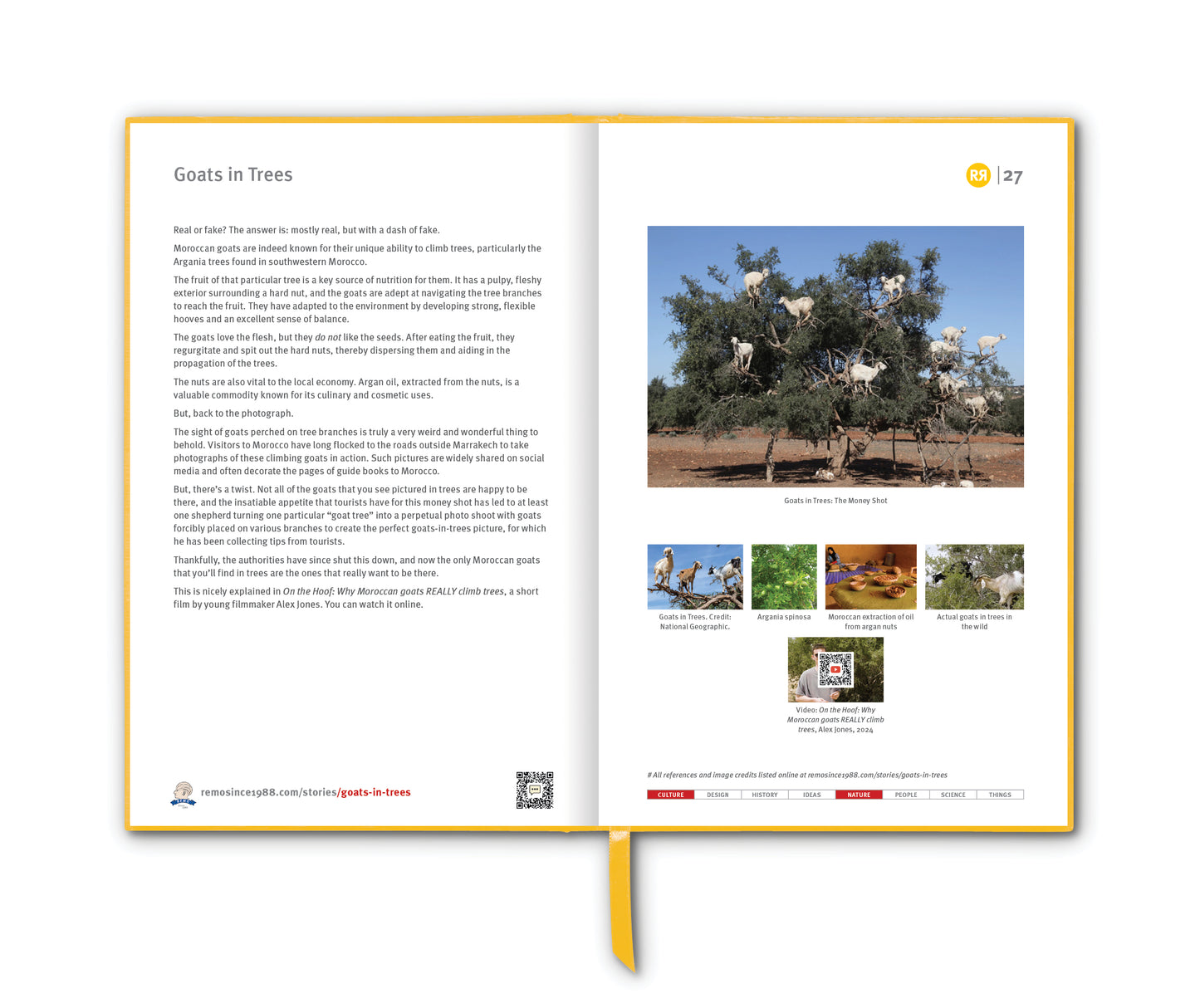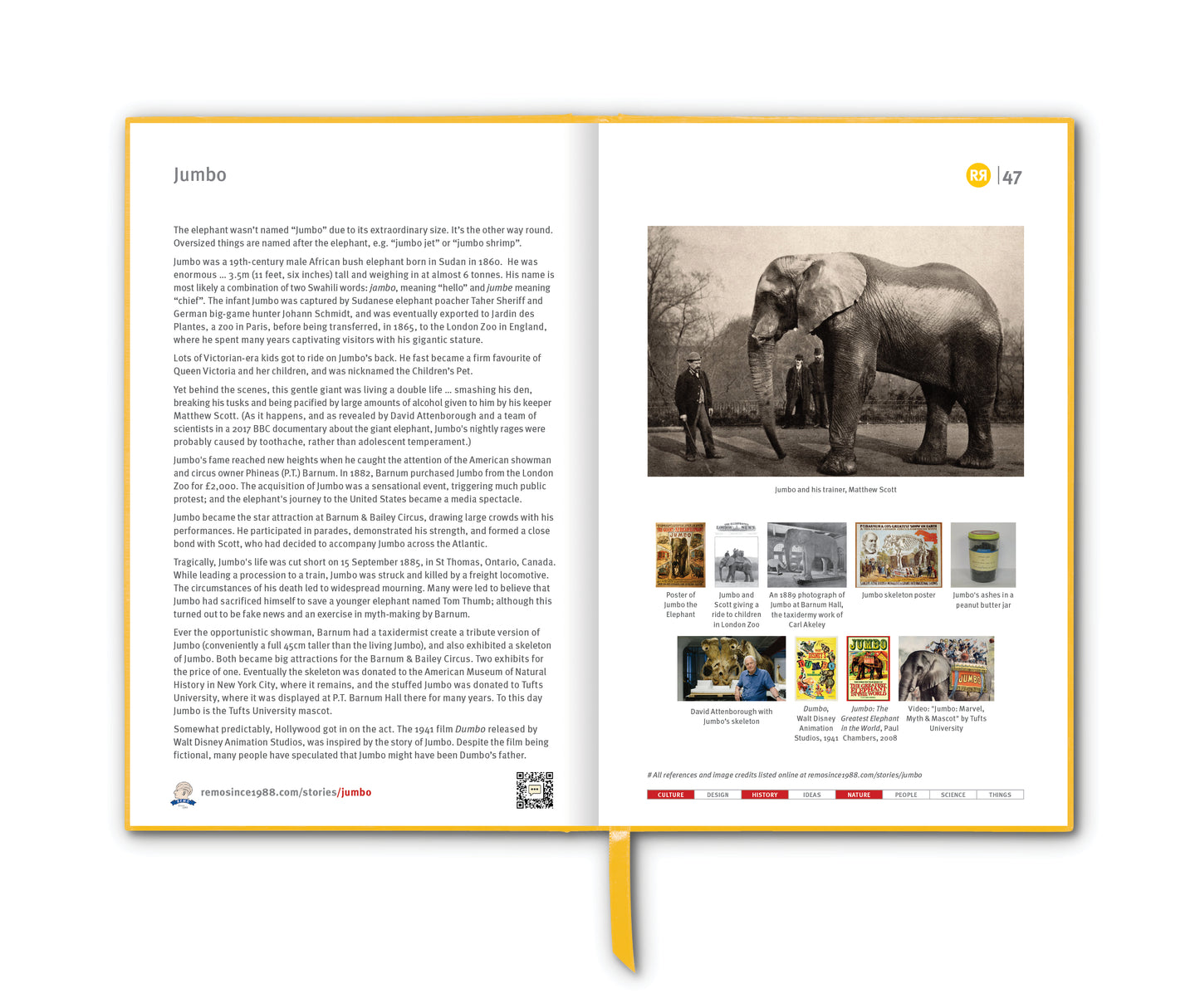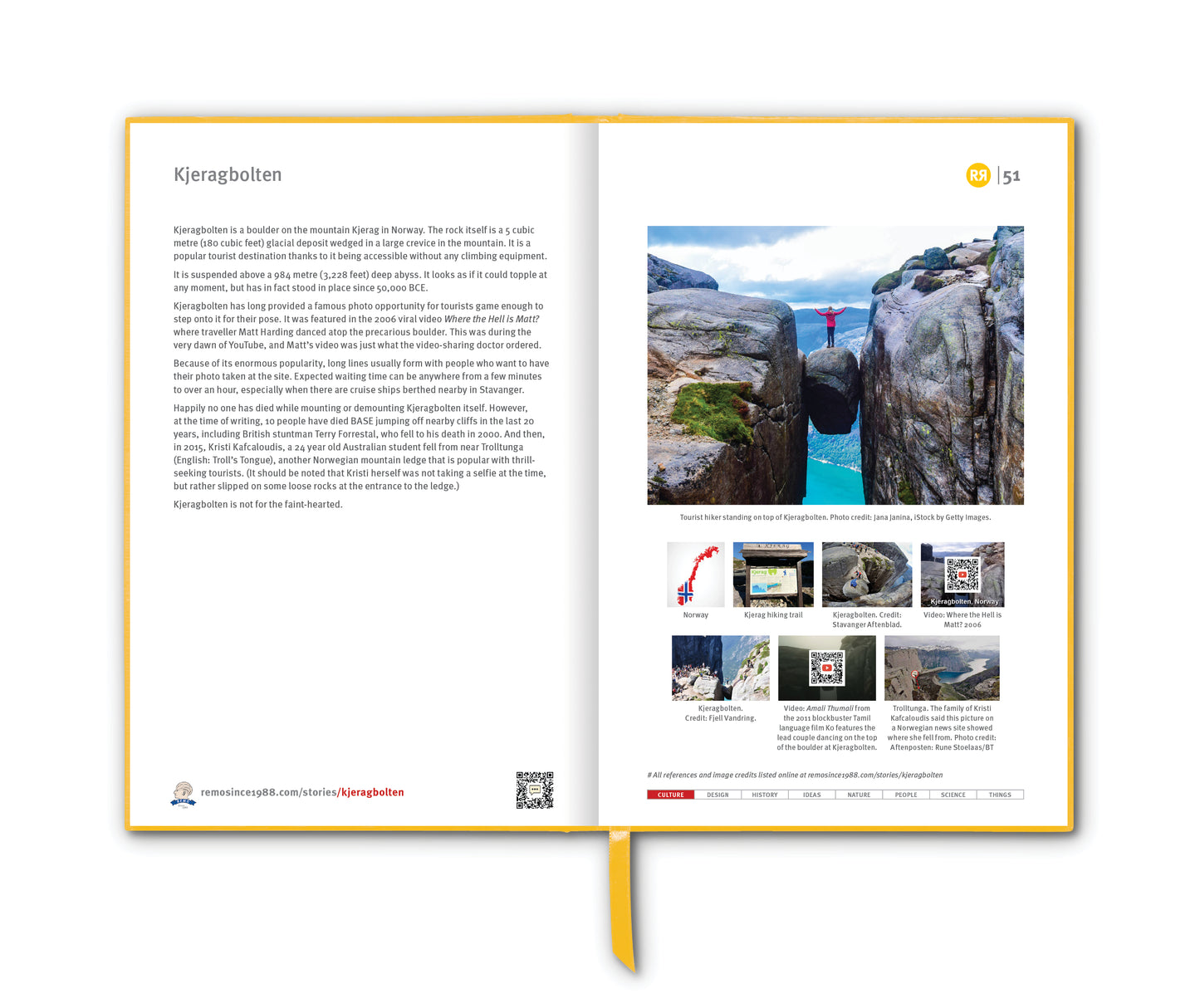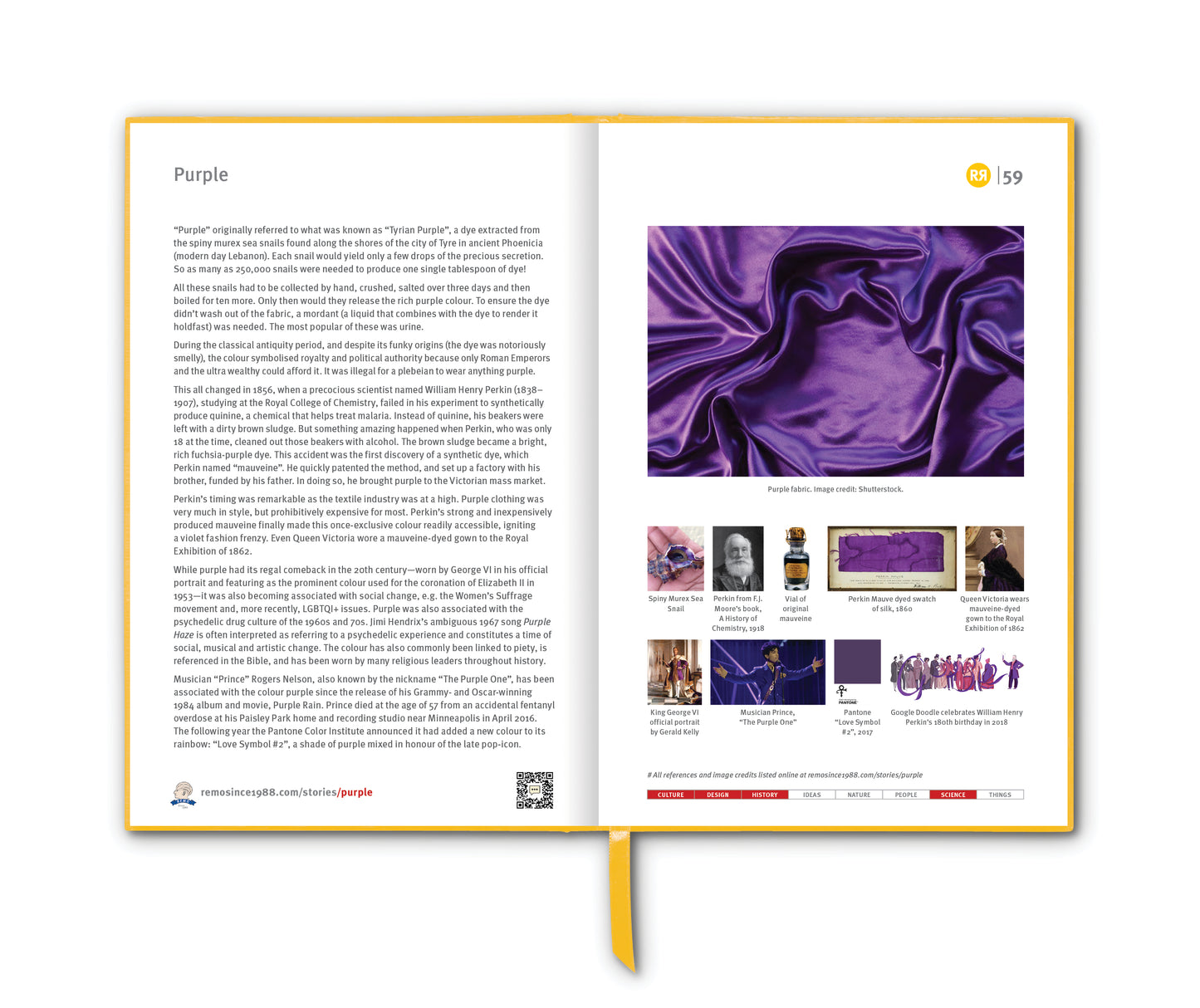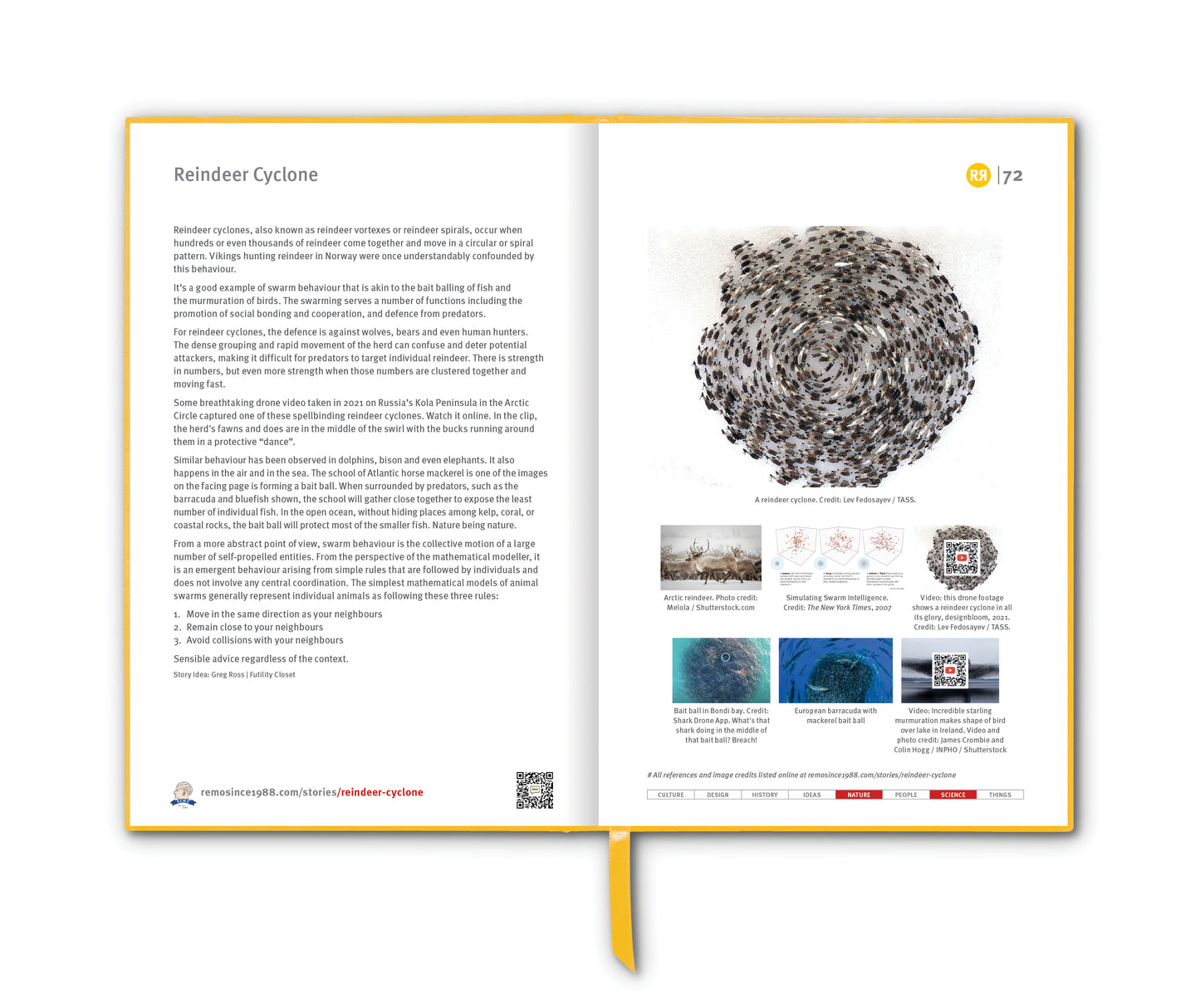The idea for a rabbit-proof fence originated in the late 19th century when wild rabbits, introduced to Australia for hunting purposes, multiplied rapidly and became a severe pest, causing widespread environmental damage.
Domesticated rabbits had been introduced to Australia by the First Fleet (11 ships that brought the first British colonists and convicts to Australia) in 1788, but they became a problem after October 1859, when Thomas Austin of Barwon Park in Victoria, released 24 wild rabbits from England for hunting purposes, believing that: "The introduction of a few rabbits could do little harm and might provide a touch of home, in addition to a spot of hunting.” Yeah … right. Those 24 would produce tens of thousands, and then ultimately hundreds of millions. In 2022, a study of genomic data confirmed that Australia's feral rabbit population was entirely descended from the rabbits introduced by Austin. Whoopsie.
The construction of the rabbit-proof fence began in 1901. The fence was not a single continuous structure but a series of three fences built to prevent the westward movement of rabbits. The main purpose was to protect valuable agricultural land in Western Australia from the damaging impact of the rabbit population.
When completed, the rabbit-proof fence (including all three fences) stretched 2,023 miles (3,256 km). The cost to build each kilometre of fence at the time was about A$250 (equivalent to A$22,000 in 2023). When it was finally completed in 1907, the 1,139-mile (1,833 km) No. 1 Fence was the longest unbroken fence in the world.
The fences were initially successful in containing the spread of rabbits to some extent. However, over time, rabbits found ways to breach the barriers, and the fences required ongoing maintenance and repairs. In the 1950s, with the development of more effective biological control methods such as the introduction of myxomatosis, the focus shifted away from the fences.
While the rabbit-proof fence played a crucial role in the history of pest control in Australia, it is also remembered for a different reason. In the 1930s, the fence gained international attention due to the journey of three Indigenous girls, Molly Craig, Daisy Burungu and Gracie Fields … who escaped from the Moore River Native Settlement, north of Perth; and trekked over 1,000 miles (1,600 km) along the fence to return to their families at Jigalong, while being pursued by white law enforcement authorities and an Aboriginal tracker.
The story as told in Doris Pilkington Garimara's book, Follow the Rabbit-Proof Fence (1996) was later depicted in the 2002 film Rabbit-Proof Fence, directed by Phillip Noyce. The film illustrates the official child removal policy that existed in Australia between approximately 1905 and 1967. Its victims now are called the "Stolen Generations”. That cruel policy of what was effectively state-sanctioned kidnapping to serve the forced assimilation of mixed-race Aborigines is now universally condemned for the trauma and loss of language and culture it brought to the stolen children and their families.
Postscript
Rabbit was a widely eaten and popular meat in colonial times – in Britain and in Australia – especially for curries; and that continued up until the end of rationing after World War II. A “rabbitoh” was commonly used to describe the hawkers who captured and skinned rabbits, and then sold the meat at markets; so named because they would shout "rabbitoh!" around the markets and suburban streets to attract buyers. That rabbitoh legacy lives on in Australia as the South Sydney football team’s identity and logo. [Ed: Go the Bunnies!]
Story Idea: Remo Giuffré, lifelong Rabbitohs supporter
_____________________________
References
wikipedia.org/wiki/Rabbit-proof_fence
allthatsinteresting.com/bunny-rabbits-in-australia
nma.gov.au/defining-moments/resources/rabbits-introduced
abc.net.au/news/2022-08-23/australias-rabbit-invasion-traced-to-1869
Images
1. The rabbit-proof fence Australia in 2006
2. Rabbit-proof fence signage
3. An 1888 illustration of Thomas Austin
4. The Duke of Edinburgh shooting rabbits in Barwon Park, Victoria by N Chevalier
5. Rabbit-proof fence map showing homeward-route of the three stolen girls
6. 1884 cartoon in response to a proposal to erect a rabbit-proof fence between New South Wales and Queensland. Anyone for tennis?
7. Lorry load of rabbits, Braidwood, NSW. Photographed by Paul C. Nomchong. Source: National Museum of Australia.
8. Book: "Follow the Rabbit-Proof Fence" by Doris Pilkington Garimara, 1996
9. Film: Rabbit-Proof Fence. Directed by Phillip Noyce, 2002.
10. South Sydney Football Club, Since 1908: "Rabbitohs"
